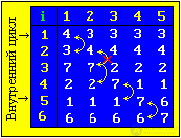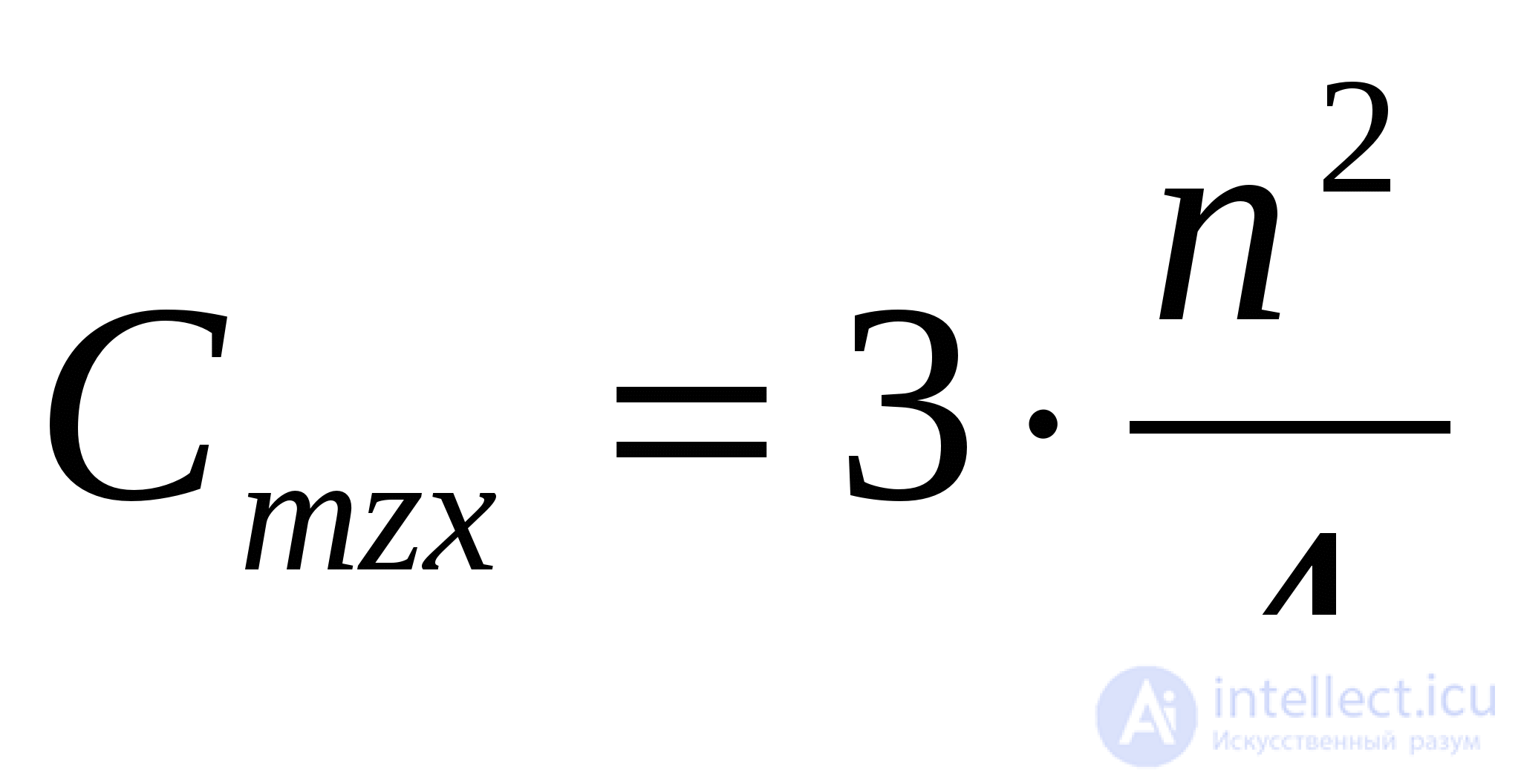Lecture





(Pseudocode)
for i = 2 to n
for j = n to i step -1
if A (j-1)> A (j) then
x = A (j-1)
A (j-1) = A (j)
A (j) = x
end if
next j
next i
(Pseudocode)
Sub Sort (L, R)
i = l
j = r
x = A ((l + r) div 2)
while A (i) <x do
i = i + 1
end while
while A (j)> x do
j = j-1
end while
if i <= j then
Y = A (i)
A (i) = A (j)
A (j) = Y
while i> j do
if l
sort (l, j)
end if
if i
sort (i, r)
end if
return
sub quiksort
sort (1, n)
return
The number of permutations and comparisons: (n * log (n)).
Options:
1. Create a program for displaying the largest (smallest) element of array A.
2. Create a program to sort the array A in descending order of the values of its elements.
3. In array A there are elements. Create a program that will form an array B, in which the elements of array B are arranged in descending order.
4. An ordered array A is given - numbers arranged in ascending order, and the number a to be inserted into array A, so that the ordering of the array is preserved.
5. Create a program for the rapid restructuring of the array A, in which the elements are arranged in ascending order, so that after the restructuring, these same elements are located in descending order.
6. Given array A, containing both negative and positive numbers. Create a program to eliminate from it all negative numbers, and the remaining positive in the order of increasing.
7. Create a program that will take one number after another from array A and form array B from them, arranging the numbers in ascending order.
8. A list of authors is given in the form of an array A. Compile a program for forming the index of authors in alphabetical order and display it on the screen.
9. There are n telephone exchange subscribers. Create a program in which the list is formed by the form: phone number, last name (numbers are in ascending order).
10. There are n words of various lengths, all of them are listed in array A. Create a program for ordering words by increasing their lengths.
11. Create a program for sorting array A in ascending and descending order of the modules of its elements.
12. In a sorted array A between each neighboring pair of elements, insert a number greater than the left and less than the right element in the array and display the resulting array on the screen.
Comments
To leave a comment
Structures and data processing algorithms.
Terms: Structures and data processing algorithms.